Turkey Gear & Hunting Tips

With Turkey season on the horizon I couldn’t be more excited to dive into an article about turkey hunting. Just a few years ago I never understood what all the hype about turkey hunting was. After some convincing from a good buddy of mine, I agreed to tag along with him on my first turkey hunt. It only took a few moments of walking along the field edge that first morning and hearing my first gobble that I knew I was going to be hooked.
Fast forward about three years later and Turkey hunting is something I look forward to the minute whitetail season ends. A fun fact about myself is that I have yet to kill my first turkey. The past few years I have found more joy in helping my friends and family succeed than for myself. This year my plan is to fill my tag early season and to spend the remaining seasons helping and watching others succeed.
Finding Turkeys

The best way to locate turkeys during turkey season is to listen. Turkeys are very vocal, especially during the spring when it's mating season. Many times they are vocal weeks and sometimes even a month before many seasons open up. This will give you plenty of time to scout out a property that you may have in mind for the upcoming season. For example, drive to the property you plan on hunting about a half hour before sunrise. Step out of the truck and listen for a gobbler. If there are turkeys on the property it is very likely you will hear them. Knowing that there are turkeys on the property is very important otherwise you could be chasing something that is not there.
Come opening day you can repeat the same process except now when you hear a gobble, you can make your way in and set up before sunrise. I generally like to be set up an hour before daylight. I allow for extra time just because turkeys have excellent vision and can still see you with the slightest bit of moonlight. There have been multiple hunts where I thought I had them fooled and I was wrong.

Reading a map (onX Hunt Maps are my personal favorite) and putting boots on the ground is another great way to locate turkeys in advance if you haven’t seen any or heard a gobble. Turkeys are a lot like deer. For example, they need food, water, and cover. Hunting in Iowa like I do makes it pretty easy to locate a property with these three elements. Ag fields are a great supply of food for turkeys and provide a great year round food source. Rivers, creeks, and ponds are generally over every other hill in these parts of the country making it easy for them to have access to water. Hardwood timbers provide good hiding cover and roosting opportunities for most all birds. Pastures and grassy fields are great places for hens to build their nests and lay their eggs.
Calling Turkeys
Turkeys are very vocal and a lot of fun to communicate to with a call. When deciding on a call you have a few options: box call, slate call, mouth call, and push button call tend to the most popular types. A box call or push button call would be your best bet if you are going turkey hunting last minute and have had no time to practice with any other calls. They are easy to learn and it can be done in minutes.

If you’re looking for a brand that has them all, Rocky Mountain Hunting Calls has a great selection of diaphragm, slate, and box calls. Now if you are great at using a diaphragm call, Phelps Game Calls are top notch in that category in my opinion. They have many selections to choose from depending on what type of tone you are looking for to call in that trophy tom.
Diaphragm calls are definitely the most handy when it comes to calling at turkeys that are at a close distance. Turkeys have really good vision and using a slate or a box at close range can be very risky. Some guys will use a box or slate when they are first set up to call and locate birds, then will switch to their diaphragm as they work their way in. In the past when calling birds in for my friends, I have had the most luck running strictly a diaphragm call and have gotten along just fine. As my passion for turkey hunting continues to grow I think I will try out different calls to mix things up and add more of a challenge. I’m not exactly sure when diaphragms made it into the picture but I like to think boxes and slates were the hot item before they ever were.
Decoying
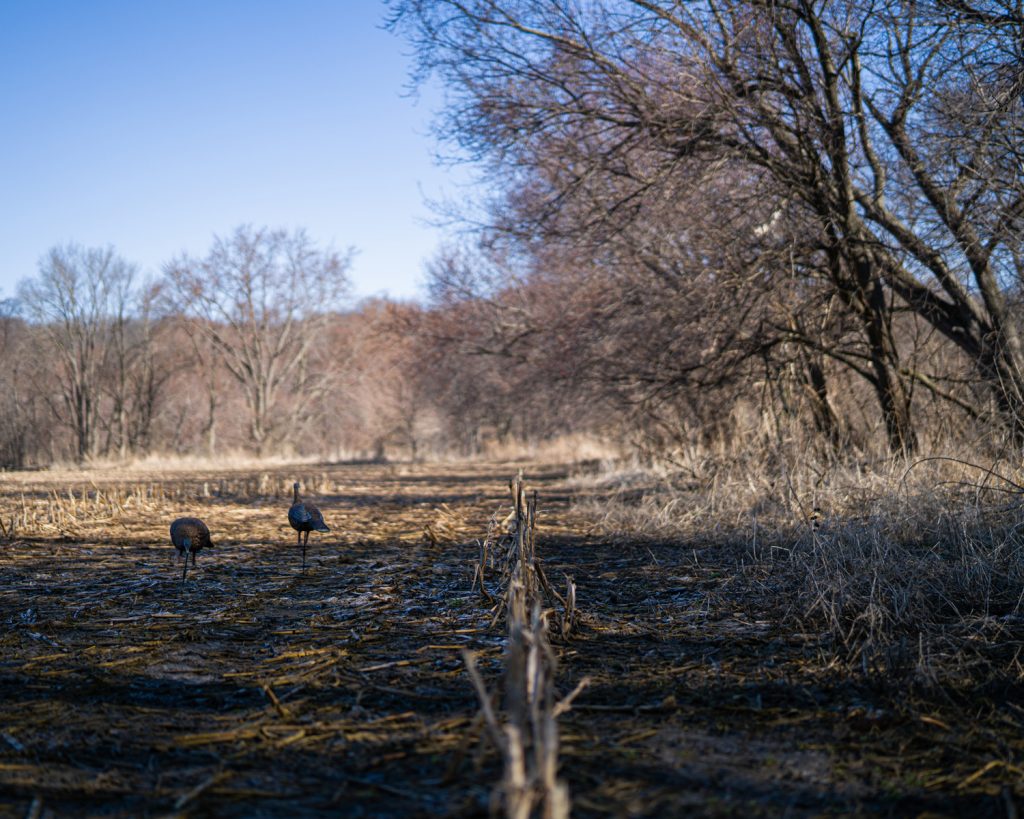
Lots of guys kill turkeys every year simply by just calling. Ever since I started going with my buddies though, nothing compares to when the right tom see’s your decoy spread and comes running on a dead sprint. Decoys from my experience have proven to be very effective in all of my hunting scenarios. Not only do they draw in the birds but they also help keep the birds eyes off of its surroundings which in return can help out the hunter.
There are many types of decoys nowadays. You’ve got feeding hens, lookout hens, bedded hens, breeding hens, jakes, strutting jakes, breeding jakes, strutting toms, breeding toms, and there has to be some others I missed but you get the idea. Some guys will have a wide variety of decoys and will switch up their spread depending on the time of year and how the birds are reacting.
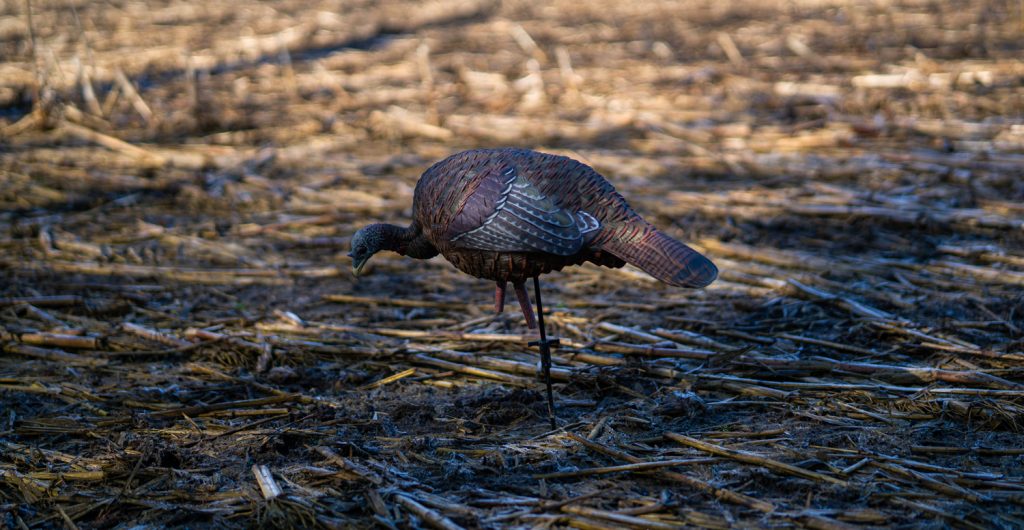
In my couple years of experience, I have only played around with two hens. A feeding hen and a lookout hen. I chose to go this route because if there is any tom that is not paired up it is very likely to be intrigued as to what these hens are doing. I think where some people spoil their luck is when using aggressive tom decoys or jake spreads they have scared off a Tom that does not want to fight or scared off a group of hens that don’t want to be harassed. When I’m hunting, I am looking for any bird to come into my spread because there is no better attraction than an actual bird.
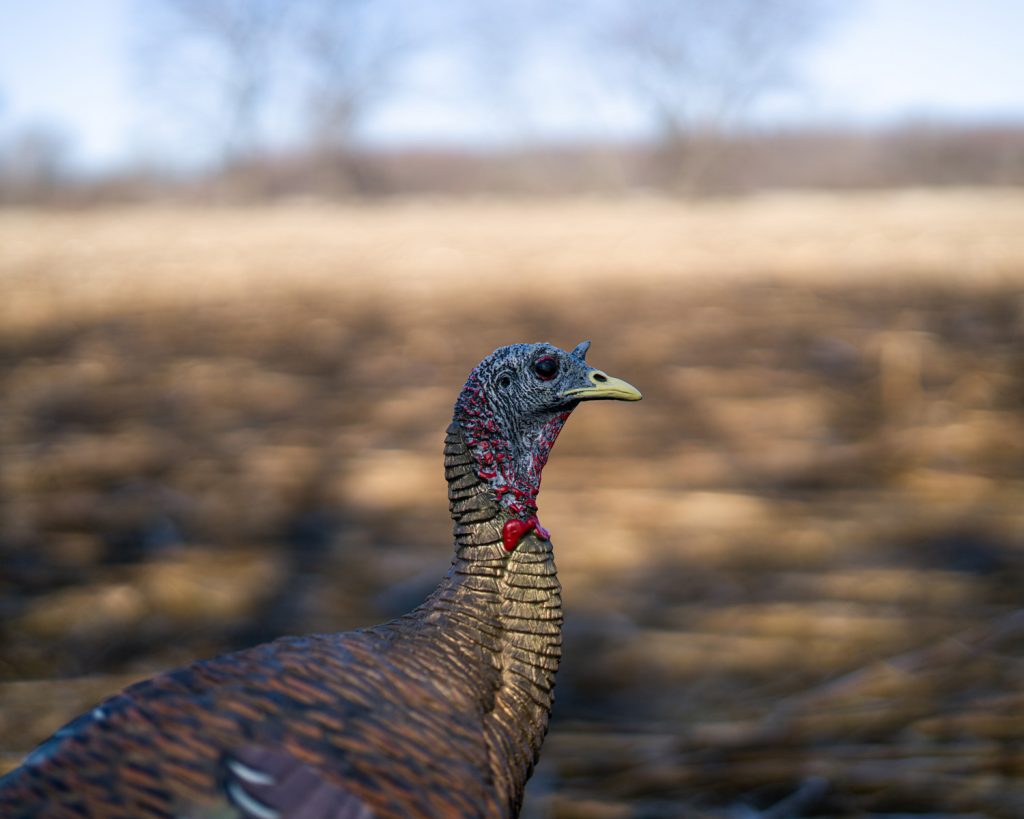
When I first decided to purchase a set of decoys I really wanted something that looked realistic and could be collapsible if needed. I decided to go with Avian-X. They have a great selection of real-life looking decoys and even have the option of collapsible models. I like having collapsible decoys because it can save on space and you can be lightweight and mobile while hunting. They are really easy to assemble and set up on the fly. Mine have held up great the past three seasons and I have no doubt they will for many more.
Camouflage
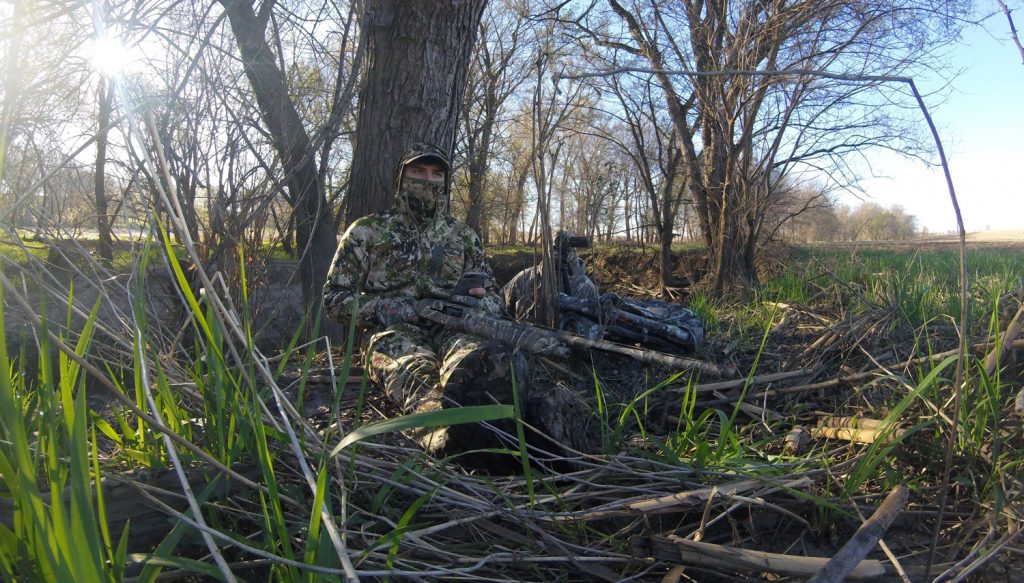
Turkeys have some of the best eyes out of all types of game species. Having good camouflage has definitely paid off in my experiences in the woods. Not only does having good camo important, but have as much of your body covered as possible. By that meaning having your face covered with a mask or paint I think is very helpful. Turkeys can pick out your face or the reflection of the sun off your face as well.
If you are hunting from a blind camouflage really is not going to play a big role in your success. However I would still recommend having something on your upper body and your face. Many times turkey hunters are on the ground in the open hunkered up against a tree. Hunting from the ground if you never have is a completely different style compared to other types of hunting. Being ground level with wild game can be very challenging and there is little to no room for error. That is why I find it very important to have a good camo pattern when hunting turkeys.
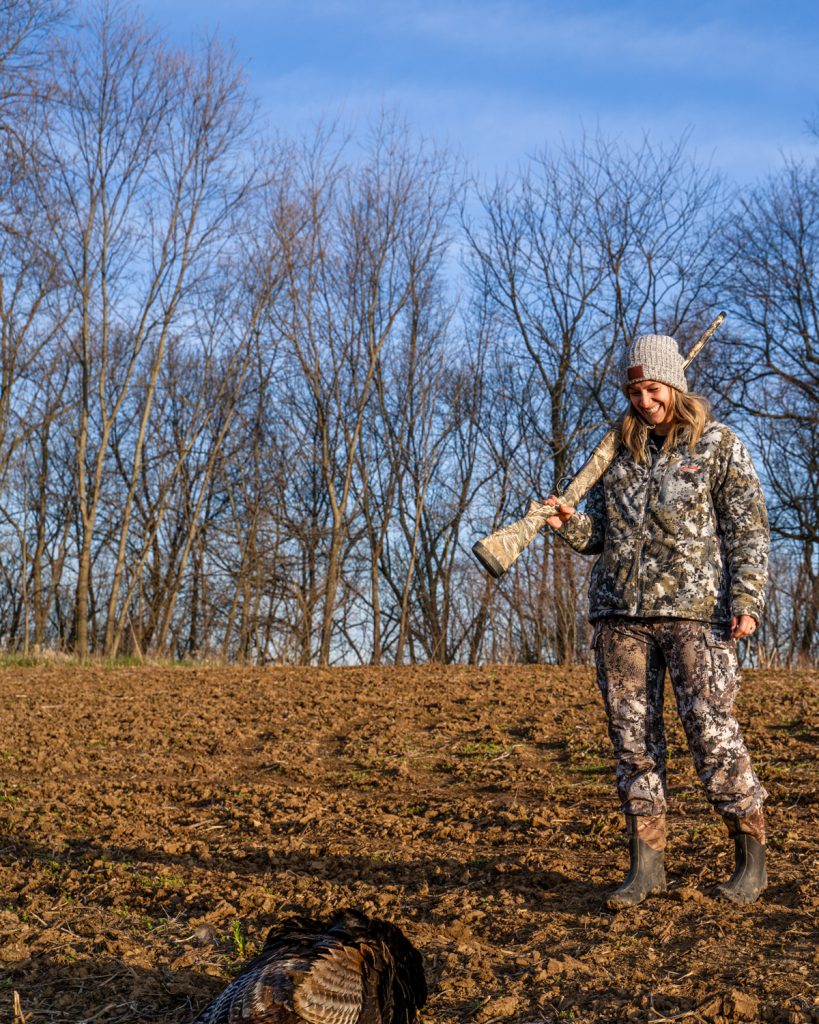
My camo of choice for when hunting turkeys is Sitka Gear. I generally run the subalpine pattern most of the time. If there is not a lot of greenery though and it’s early in the years I will sometimes throw on my Elevated II whitetail pattern stuff. Both have been extremely effective and I can’t speak highly enough of my satisfaction for their product. Not only do I think their pattern is great but the technology in their gear is top notch. Whether your hunting cool mornings or steamy afternoons there is a good selection out there for you to try.
In Conclusion
Now that you have listened to the guy that’s never killed a turkey before for five minutes, it’s time to get out in the woods and enjoy some turkey hunting. It’s a great time to spend time out in the woods, with your buddies, and it can even be a great scouting time for other types of hunting you may do. Just remember that turkeys are only smart if you make them smart. The less you educate them the better off you will be.

